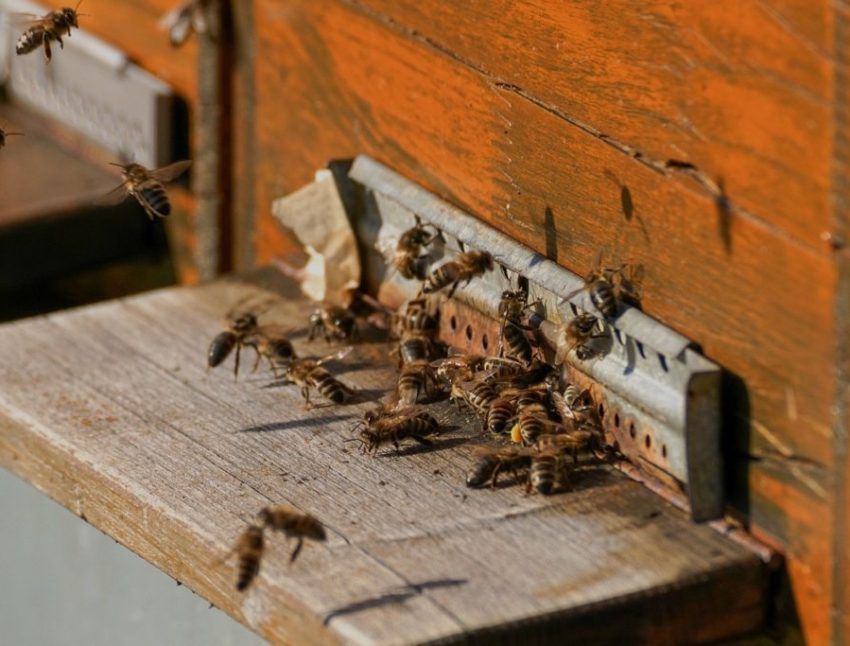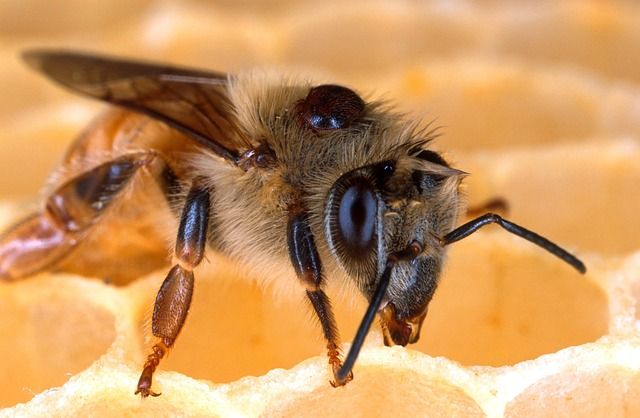A survey led by researchers of the University of Maryland shows that last year, almost 38% of honey bee colonies did not survive the winter. These alarming numbers are the highest in 13 years of research.
The fact that honey bees are struggling worldwide is well known, this new study sadly shows that this trend has not changed for the better. Beekeepers across the United Stated reported that they have lost 40.7% of their honey bee colonies from April 2018 to April 2019. Most of these losses occurred during the winter period as 37.7% of bee colonies did not make it to spring.
«These results are very concerning, as high winter losses hit an industry already suffering from a decade of high winter losses» says Dennis van Engelsdorp, associate professor of entomology at the University of Maryland.

Nationwide Survey
Almost 4700 beekeepers managing 319,787 colonies responded to the survey, which makes up about 12% of all managed colonies in the United States. The survey is conducted annually, with the first being held in 2006 in order to gain more insight in honey bee health. This information is used a basis for developing solutions to protect the honey bee. Unfortunately during this time-period honey bee losses in the United States has remained high.
Varroa mite the main threat
The survival of a bee colony depends on a number of factors. The Varroa mite, pesticides, land use, climate and many more influence the bees chances of survival. However, the Varroa mite is believed to be the main threat for honey bees. These mites weaken the bees by sucking their bodily fluids and infest them with diseases and viruses in the process. Bees weakened by Varroa mites are also more vulnerable for other stressors, like pesticides. Despite the 13 years of research, honey bee colonies continue to struggle in the United States.
«We don’t seem to be making particularly great progress to reduce overall losses» said Geoffrey Williams, assistant professor of entomology at Auburn University and co-author of the survey.

Honey bees play, just like everywhere in the world, a vital part in the pollination in the U.S. It is estimated that around $15 billion worth of food crops is pollinated by bees in the United States yearly. The loss of honey bees colonies can therefore have widespread consequences for the agricultural sector and biodiversity.
For more information, you can find the link to the survey here:
https://beeinformed.org/2019/06/19/latest-loss-survey-results-2018-19/
Vatorex provides a chemical-free Varroa solution to fight the parasite with the natural principle of heat. Learn more about the hyperthermic approach.
Want to know more about what everybody can do to support the bees? Go to https://www.savethebees.ch